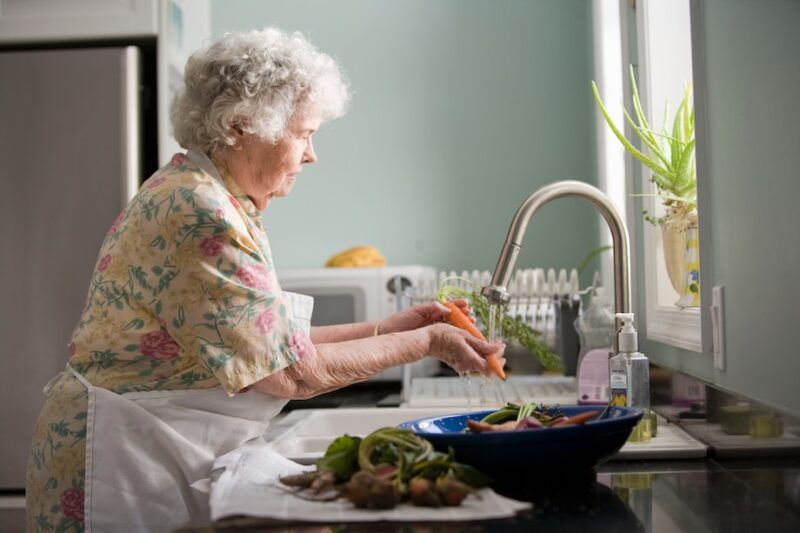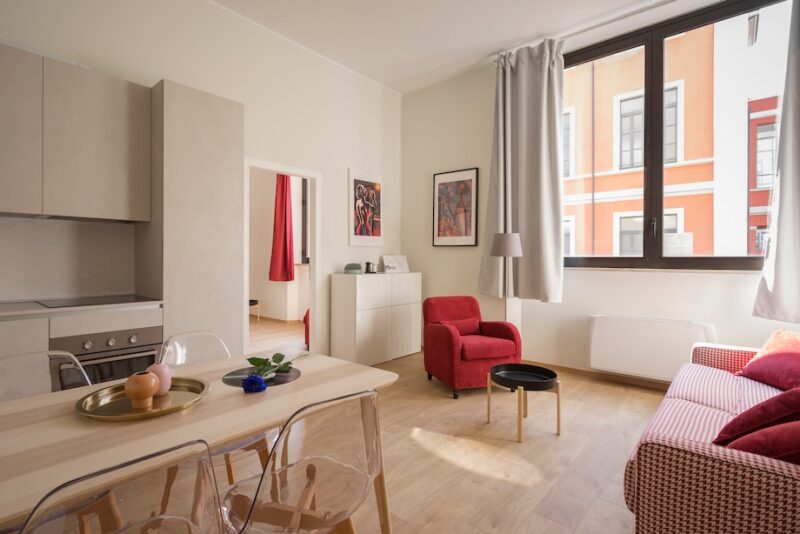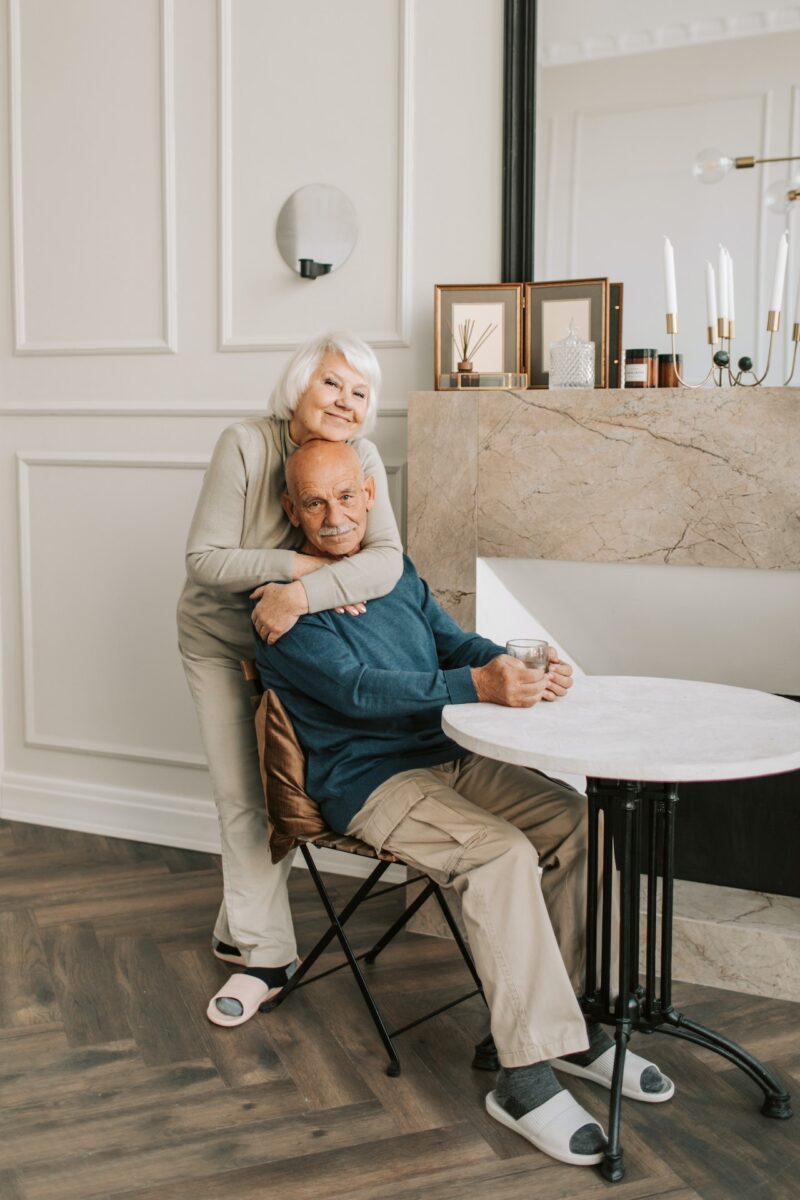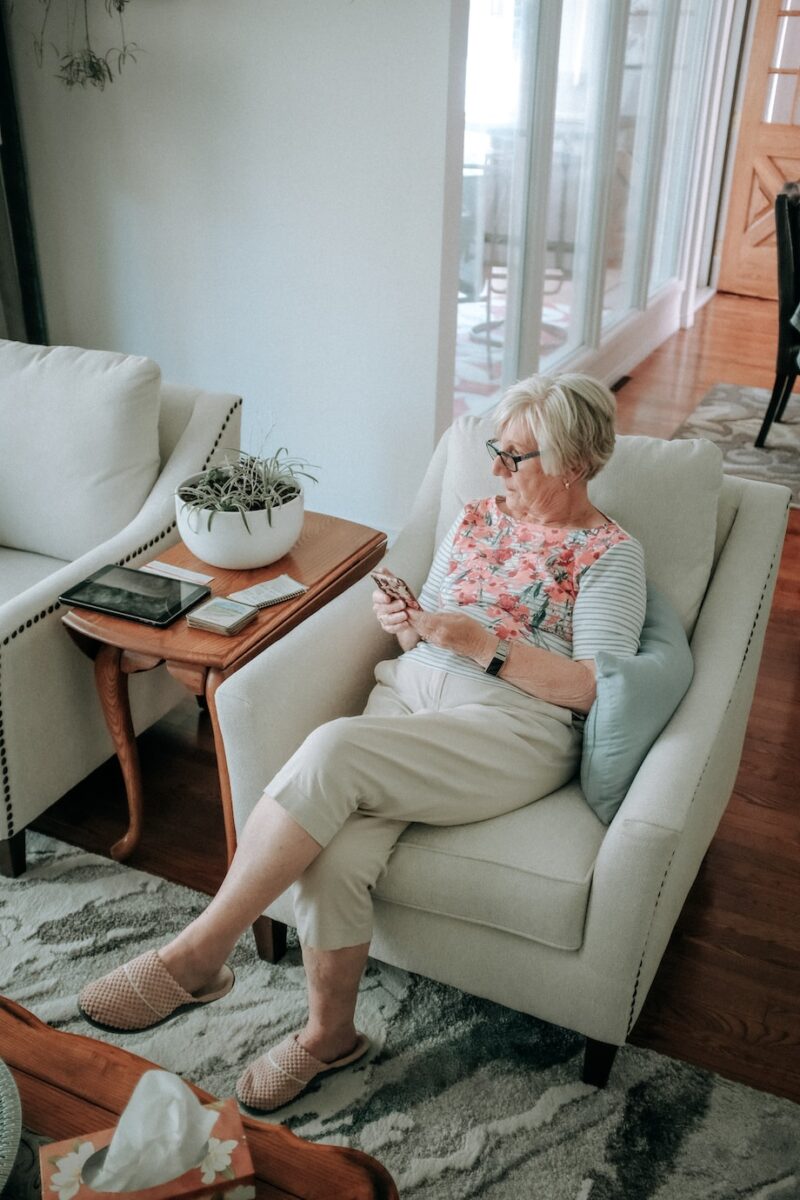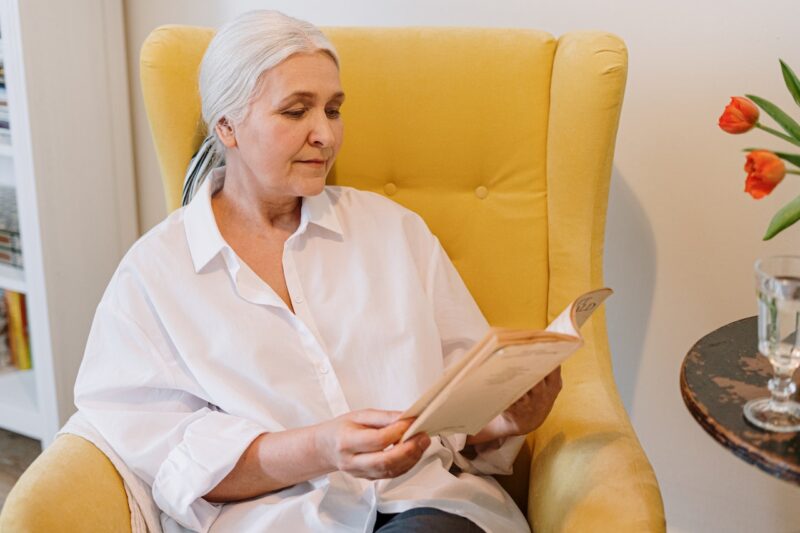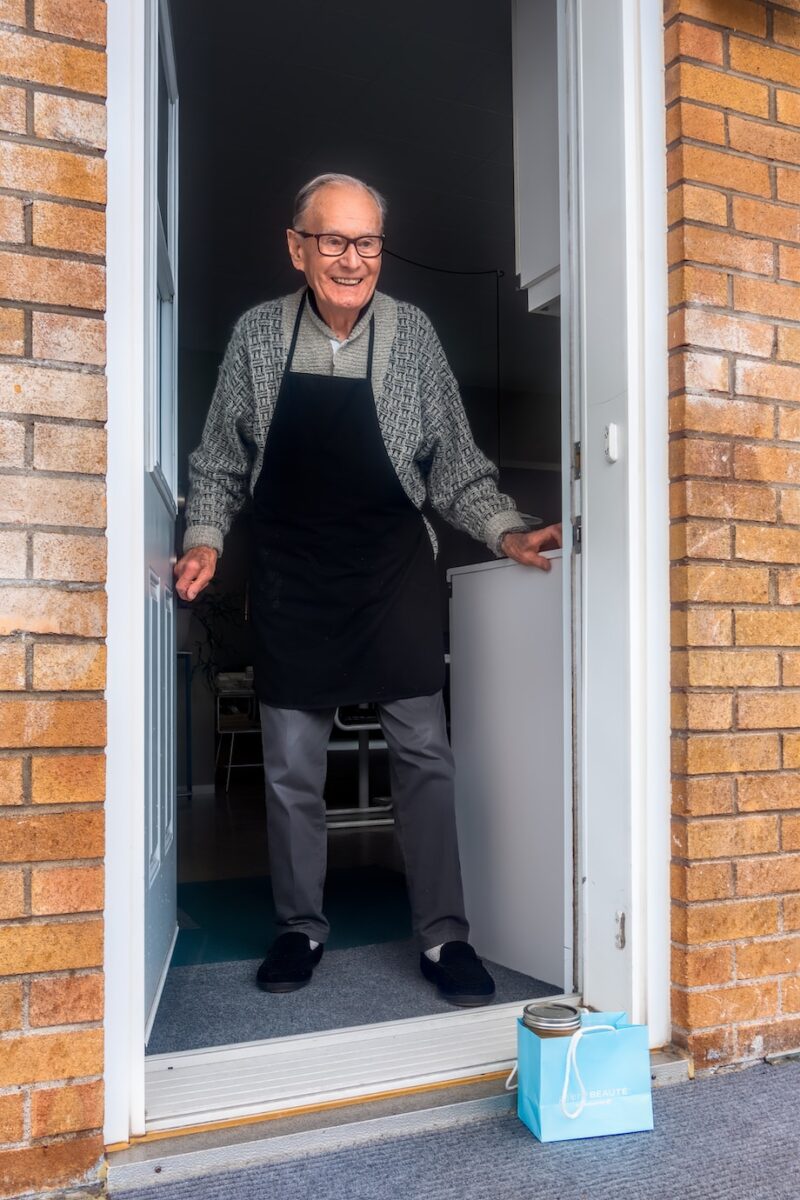Senior-Friendly Space: Creating an Organized and Accessible Home Environment
As we age, our physical abilities may change, requiring us to adapt our living spaces to ensure comfort, safety, and accessibility. Creating a senior-friendly home environment is crucial for promoting independence and well-being among older adults. This article explores practical tips and strategies for organizing and enhancing your living space to meet the unique needs of seniors. Whether you are an older adult or a caregiver, these suggestions will help you create an organized and accessible home environment.
Assessing Your Home’s Accessibility
Before making any changes, it’s important to evaluate your home’s accessibility. Take a walk-through and identify potential obstacles or hazards. Consider the following areas:
- Entrance: Ensure there are no loose steps, slippery surfaces, or obstructed pathways. Install handrails and improve lighting to enhance safety.
- Doorways and Hallways: Check that doorways and hallways are wide enough to accommodate walkers or wheelchairs. Remove any clutter that may impede movement.
- Bathroom: Install grab bars near the toilet and in the shower or bath area. Non-slip mats and a shower chair can also enhance safety.
- Kitchen: Lower countertops and cabinets for easier access. Arrange frequently used items within reach, minimizing the need to bend or stretch.
Declutter and Simplify
One of the first steps in creating a senior-friendly home is to declutter and simplify your living space. Excessive clutter can be overwhelming and increase the risk of falls or accidents. Consider the following tips:
- Remove Excess Furniture: Create clear pathways by removing unnecessary furniture, ensuring seniors can move freely without obstructions.
- Organize Storage Spaces: Optimize storage areas by using labeled bins, baskets, or drawers. This helps seniors easily locate items without straining themselves.
- Streamline Belongings: Encourage seniors to downsize and keep only essential items. Donate or sell unused possessions to create a more spacious and manageable environment.
Optimal Lighting
Proper lighting is crucial for seniors, as age-related vision changes can make it difficult to navigate and perform daily tasks. Implement the following lighting strategies:
- Natural Light: Maximize natural light by using sheer curtains or blinds. Keep windows clean to allow for ample sunlight.
- Artificial Lighting: Install bright, energy-efficient LED bulbs throughout the house. Focus on task areas such as reading nooks, workspaces, and kitchen countertops.
- Night Lighting: Place nightlights in hallways, bathrooms, and bedrooms to prevent falls during nighttime visits.
Flooring and Surface Considerations
Choosing the right flooring and surfaces can significantly enhance the accessibility and safety of a senior-friendly home. Consider the following recommendations:
- Slip-Resistant Flooring: Opt for non-slip flooring options like cork, rubber, or textured tiles. Avoid high-gloss or slippery surfaces that increase the risk of falls.
- Secure Rugs and Mats: Use double-sided tape or non-slip pads to secure rugs and mats, preventing them from shifting or bunching up.
- Smooth Surfaces: Ensure surfaces are even and free of protruding edges, reducing the risk of tripping.
Technology and Assistive Devices
Incorporating technology and assistive devices can greatly improve the quality of life for seniors. Consider the following options:
- Personal Emergency Response Systems (PERS): Install PERS to provide seniors with a quick way to call for help in case of emergencies.
- Smart Home Technology: Utilize smart home devices like voice-activated assistants, remote-controlled lighting, and automated thermostats for convenience and accessibility.
- ALTCS: Investigate if your state offers the Arizona Long-Term Care System (ALTCS), a government program that provides long-term care services for eligible seniors. ALTCS can help cover the costs of home modifications, assistive devices, and in-home care, making it easier to create a senior-friendly space
Bathroom Modifications
The bathroom can be a hazardous area for seniors due to slippery surfaces and limited mobility. Consider the following modifications:
- Walk-In Showers: Install a walk-in shower with a curbless entry to eliminate the need to step over a high bathtub ledge. Ensure the shower floor is slip-resistant.
- Handheld Showerheads: Replace fixed showerheads with handheld ones to allow for greater flexibility and ease of use.
- Raised Toilet Seats: Install raised toilet seats to reduce strain on joints and muscles, making it easier for seniors to sit and stand.
- Non-Slip Surfaces: Apply non-slip adhesive strips or mats in the bathtub or shower area to enhance stability.
Accessible Furniture and Layout
Choosing the right furniture and arranging it strategically can significantly enhance accessibility and comfort:
- Comfortable Seating: Opt for chairs and sofas with firm cushions and supportive backs to assist seniors with sitting and standing.
- Adjustable Beds: Invest in adjustable beds that allow seniors to elevate their upper body or legs, promoting better circulation and relieving pressure.
- Clear Pathways: Arrange furniture to create wide and clear pathways throughout the home. This ensures easy navigation for seniors using mobility aids.
- Accessible Storage: Utilize low shelves, pull-out drawers, and organizers to make frequently used items easily accessible, reducing the need for excessive bending or reaching.
Safety Measures
Promoting safety is paramount in a senior-friendly home environment. Implement the following safety measures:
- Handrails and Grab Bars: Install sturdy handrails and grab bars in areas prone to slips and falls, such as stairways, bathrooms, and hallways.
- Smoke and Carbon Monoxide Detectors: Regularly test and replace batteries in smoke and carbon monoxide detectors to ensure they are in working order.
- Secure Electrical Cords: Keep electrical cords neatly organized and secured to prevent tripping hazards.
- Medication Management: Create a system to manage medications safely, such as using pill organizers or electronic medication reminders.
Conclusion
Designing a senior-friendly space goes beyond aesthetics; it prioritizes functionality, accessibility, and safety. By assessing your home’s accessibility, decluttering, optimizing lighting, choosing appropriate flooring, and incorporating technology and assistive devices, you can create an organized and accessible environment that supports the independence and well-being of seniors. Remember to explore programs like ALTCS that can provide financial assistance for home modifications and in-home care services. With these practical strategies, you can ensure that your home is a comfortable and secure haven for seniors to thrive in their golden years.

